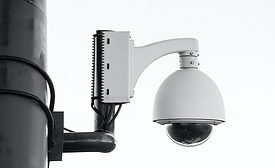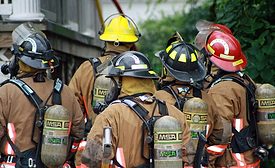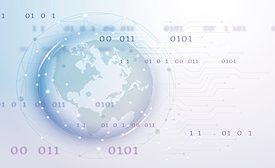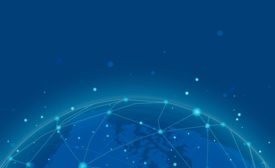Security Leadership and Management
Lone worker protection: A commitment to duty of care and security
Organizations in charge of protecting lone workers must fulfill their duty of care, taking all steps reasonably possible to ensure their safety.
April 1, 2021
Cyber Tactics
Mission-critical supply chain software: A growing operational priority
April 1, 2021
Career Intelligence
Positive brand reputation will advance your security career
Have you considered what you can do to help build a positive brand reputation for yourself and your organization?
April 1, 2021
Sign-up to receive top management & result-driven techniques in the industry.
Join over 20,000+ industry leaders who receive our premium content.
SIGN UP TODAY!Copyright ©2024. All Rights Reserved BNP Media.
Design, CMS, Hosting & Web Development :: ePublishing














